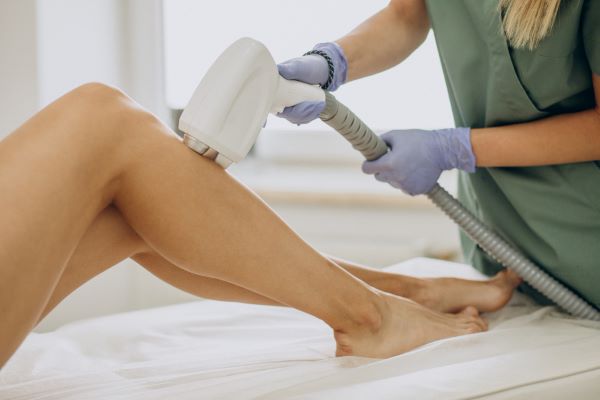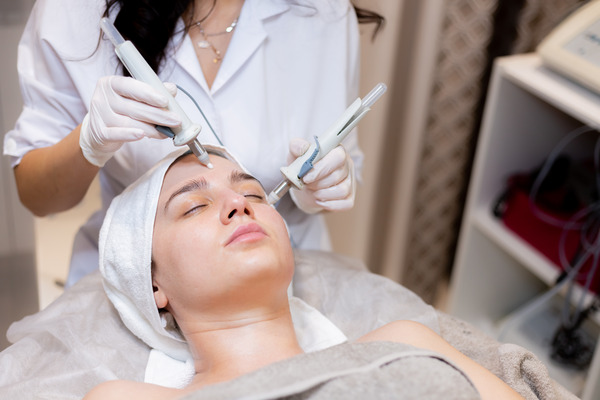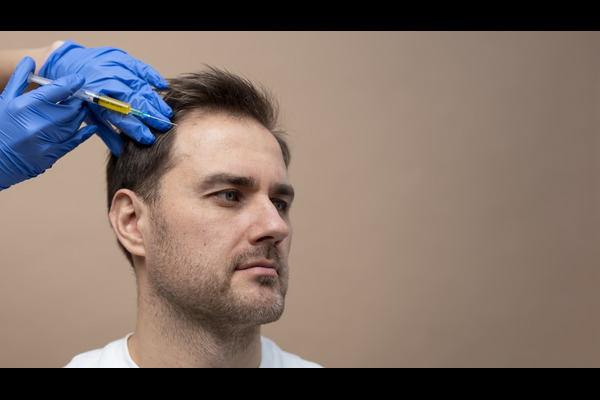
Are Hair Transplant Scars Permanent?
Are hair transplant scars permanent? What do I do with them if they are? These are probably questions that flash through your mind when you decide to get a hair transplant.
Hair transplants have come a long way now from when they started, what with all the advancements in technology. However, scarring is a side effect that everyone who gets a hair transplant goes through. Some hair transplants leave big scars, while some others leave smaller scars. Various factors determine the extent of your scarring, like the type of hair transplant procedure used (there are two main classes – Follicular Unit Extraction (FUE) and Follicular Unit Transplantation (FUT)), and the adeptness of your surgeon.
You don’t have to worry about the scarring because there are certain ways to deal with them and remove them over the course of time. I’ll be discussing them here.
Why Do Hair Transplants Leave A Scar?
Hair transplant procedures take hair from one side of your head and implant it on another. These processes involve creating incisions or micro- punctures for extraction and implantation of the hair grafts. Consequently, a scar is left on both the site that hair is taken from and the site that hair is deposited to.
It is ideal to find yourself a qualified and experienced surgeon to make sure that as less scarring occurs as possible with appropriate care post-surgery. The level of your scarring is also dependent on the amount of care you give it, and how much you follow instructions given to you.
Types of Hair Transplant Scarring
- FUT Scar
During this surgery, a part of your skin is removed from the back of your scalp along with some hair follicles. This leads to a long horizontal scar known as a “FUT scar” on the site of incision. This might seem troublesome at first but once your hair grows back in it’s covered properly.
- FUE Scar
The other type of hair transplant is an FUE procedure, and these are less intense than FUR. Punctures are made in the donor site and each hair follicle is extracted from these small holes on your scalp. Similarly, to transplant these hair follicles on the recipient site, these puncturing actions are done again. The hair follicles are then grafted in. These procedures leave small scars in the shape of circles and are spread out across a section of your head. These also fade out over time.
How To Manage Hair Transplant Scars
Some surgeons provide you with ointment to apply on the areas of scarring with a strict schedule. Some others give you anti-biotics and anti-inflammatories to take, also with instructions. Whatever tips you’re giving, make sure to follow them religiously. They play a big role in the dimming of your scars and how long they stand out.
Other than that, some things you can do to hide your scars if you’re in the process of treating them and not keen on other people seeing them are:
- Use concealers: they’ll make the hair around your scar seem fuller and also cover the scar
- Use a bandana or caps but make sure they don’t place too much of a strain on your scar
- Laser treatments exist if the scars don’t dim down with short term treatments
Treatments To Remove Hair Transplant Scars
There exist various treatments that help minimize the depth of the scar and future problems arising from it. These should only be undergone once your follicles and incisions have healed completely. Waiting till your scalp is completely healed also helps to determine the magnitude of your scarring and whether it calls for additional treatment.
Here are some of the treatments you can consider:
- Scar – correction: This is often required by people who got the surgery from inept surgeons, and it helps lighten the scar. Excess scar tissue is taken off the scalp and connecting skin is elongated and stitched together, giving your scalp look more authentic.
- Micro-pigmentation: This is almost like getting a tattoo: doctors trace the scar tissue with permanent ink to make the scar appear to be a part of the skin surrounding it. The scar then appears to be a part of the hair that grows afterwards.
- Laser treatment: This, as mentioned above, is another option. It’s similar to the laser removal surgery of tattoos, and it’s regularly used in concurrence with the aforementioned micro-pigmentation methods. The laser makes the scar less visible, and promotes the production of collagen which induces stronger and more elastic skin.
In conclusion, scarring is a given when you opt for hair transplant surgery. In fact, it’s common in all surgeries. Some people get deep scarring and some others get less. The level of scarring depends on the choices you make.
Kaayakalp Clinic is the number one destination for all of your body-conscious needs. With a team of expert professionals and cutting-edge technology, Kaayakalp has the perfect solution to all your hair-related issues. Come in today and find out what we can do for you!
Follow us on:
Facebook | Instagram | Twitter | LinkedIn | Google My Business








